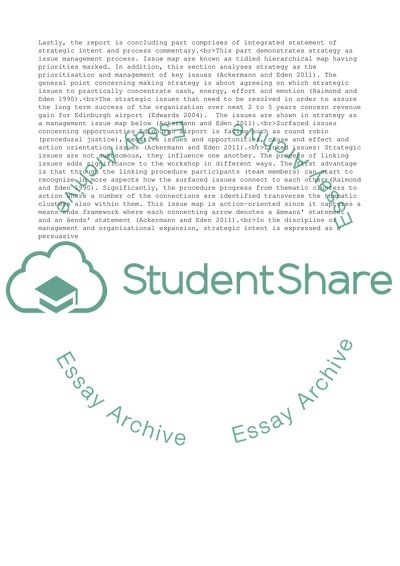Cite this document
(Making Strategy Essay Example | Topics and Well Written Essays - 3000 words, n.d.)
Making Strategy Essay Example | Topics and Well Written Essays - 3000 words. https://studentshare.org/management/1839285-making-strategy
Making Strategy Essay Example | Topics and Well Written Essays - 3000 words. https://studentshare.org/management/1839285-making-strategy
(Making Strategy Essay Example | Topics and Well Written Essays - 3000 Words)
Making Strategy Essay Example | Topics and Well Written Essays - 3000 Words. https://studentshare.org/management/1839285-making-strategy.
Making Strategy Essay Example | Topics and Well Written Essays - 3000 Words. https://studentshare.org/management/1839285-making-strategy.
“Making Strategy Essay Example | Topics and Well Written Essays - 3000 Words”. https://studentshare.org/management/1839285-making-strategy.


